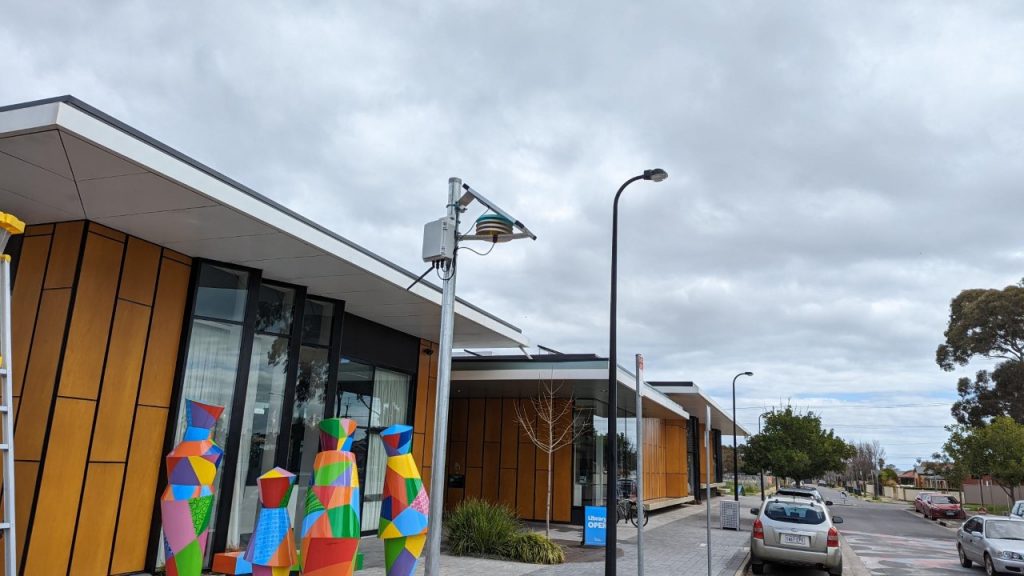LoRaWAN devices wirelessly connect to The Things Network using specific radio frequencies approved in each country worldwide. In Australia, for example, LoRaWAN operates on the 915Mhz class license radio spectrum, allowing efficient and reliable communication between devices and gateways. LoraWAN devices and gateways call this the AU915, which has eight sub-bands (64 channels). The Things Network uses sub-band 2 (AU915 FSB2). The modulation used is called Chirp Spread Spectrum Modulation.

LoRaWAN gateways use this spectrum to receive data from LoRaWAN devices and then transfer that data over the internet to The Things Network. This allows for seamless and secure data transmission, making LoRaWAN a popular choice for Internet of Things (IoT) applications in Australia and worldwide.

This technology employs highly secure end-to-end encryption using an AppKey, which protects machine code and significantly reduces the risk of data interception during transmission. This ensures that data sent between devices and gateways are secure and minimizes the possibility of data breaches or interface issues.
In LoRaWAN, the AppSKey is a unique encryption key distributed to the application server. It encrypts and decrypts the application payload, ensuring data remains secure during transmission. The AppKey and AppSKey can be hidden from the network operator, preventing them from accessing and decrypting application payloads. This added layer of security protects sensitive data from unauthorized access. Additionally, only registered SSL (Secure Sockets Layer) users of The Things Network can access and decrypt data over the internet for an application server, further enhancing the system’s security.

The Things Network temporally buffers data in a JSON format, a lightweight data-interchange format that is easy to read and write. Users can then connect their application server using the MQTT (Message Queuing Telemetry Transport) protocol, allowing efficient and reliable messaging between devices and servers.
